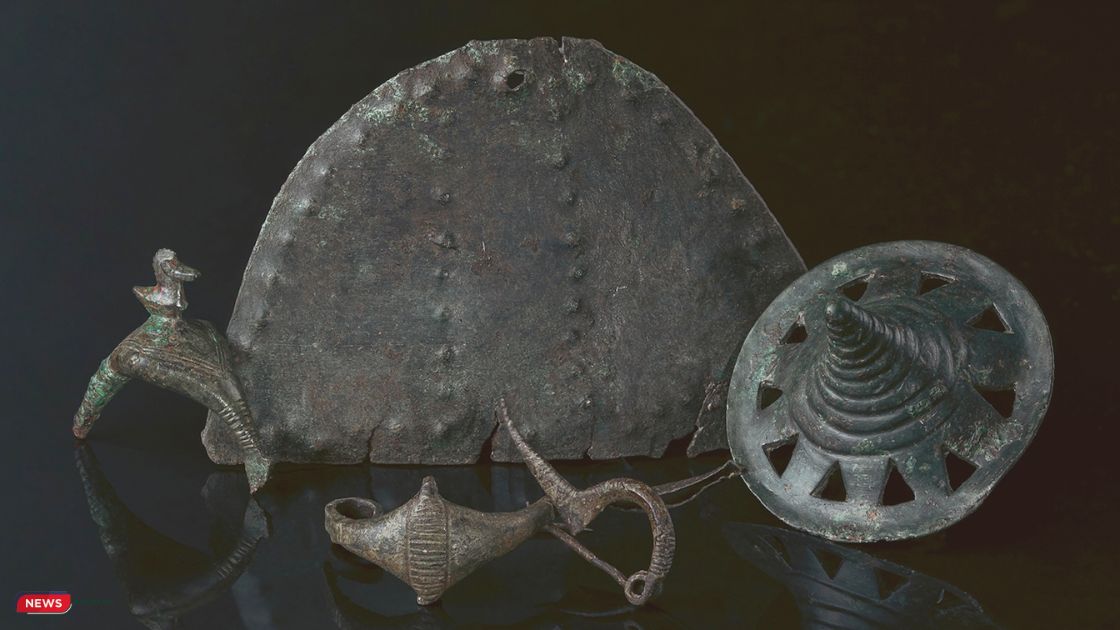Archaeologists have uncovered hundreds of ancient metal treasures dating back up to 3,400 years on a volcanic hilltop in western Hungary. The findings, discovered near the Somló Hill, offer rare insight into the lives of ancient people who inhabited the region during the Late Bronze Age and Early Iron Age (15th century B.C. to 450 B.C.). The site, long shrouded in mystery, now appears to have been a hub of metallurgical activity and cultural significance.
The Mysterious Hilltop Site: Discovering Ancient Metal Treasures
The volcanic hilltop, known as Somló Hill, has long intrigued researchers due to its isolated location and natural resources. Recent excavations, aided by metal detectors, revealed at least six hoards of metal artifacts buried around the area.
These hoards include tools, weapons, and decorative items, some of which are intricately crafted. The sheer volume of objects—over 300 in one year alone—suggests the site was a center for metalworking and trade.
The volcanic nature of the hill may have provided raw materials for smelting. However, no direct evidence of on-site melting has been found. Researchers speculate that the hilltop served as a storage or ceremonial site rather than a production center. This ambiguity adds to the site’s enigma, as scholars continue to debate the identity of the people who lived there.
Implications for Bronze Age History
The discovery challenges existing narratives about technological development in Europe. The ancient metal treasures, many of which are from the Late Bronze Age (1450–800 B.C.), show advanced metallurgical techniques, including alloying and casting. These skills suggest a level of craftsmanship previously thought to be limited to later periods.
Additionally, the artifacts hint at extensive trade networks. Some objects bear similarities to items found in central Italy, indicating possible connections between distant regions. This raises questions about how knowledge and materials moved across prehistoric Europe.
A Window into the Past
While the exact purpose of the hoards remains unclear, their deliberate burial suggests ritualistic or symbolic significance. Similar hoards have been found in other parts of Europe, often associated with religious practices or displays of power.
The presence of weapons and tools alongside decorative items implies a multifaceted society where utility and artistry coexisted.
The findings also highlight the challenges of studying ancient cultures. The people who lived in this region remain poorly understood, with their language, governance, and daily practices largely unknown. “This discovery is a rare glimpse into a forgotten chapter of European history,” said one researcher involved in the project.
What Comes Next?
Experts plan to conduct further excavations and analyze the artifacts’ composition to determine their origins and uses. Advances in DNA and isotope analysis may help trace the movements of the people who created these objects. For now, the Somló Hill remains a testament to the ingenuity of ancient civilizations. Its complexity is evident, even as many of their secrets endure.




